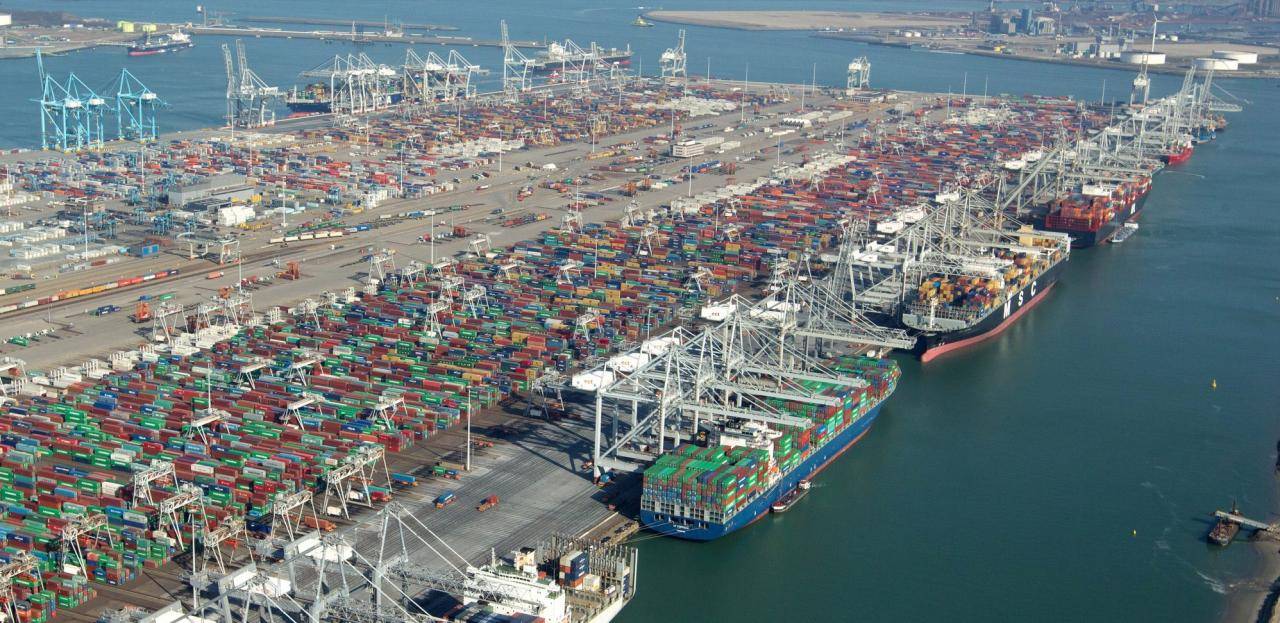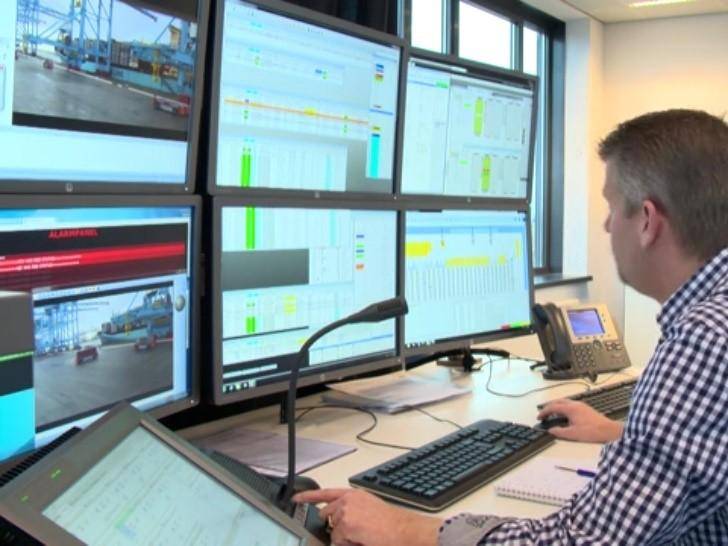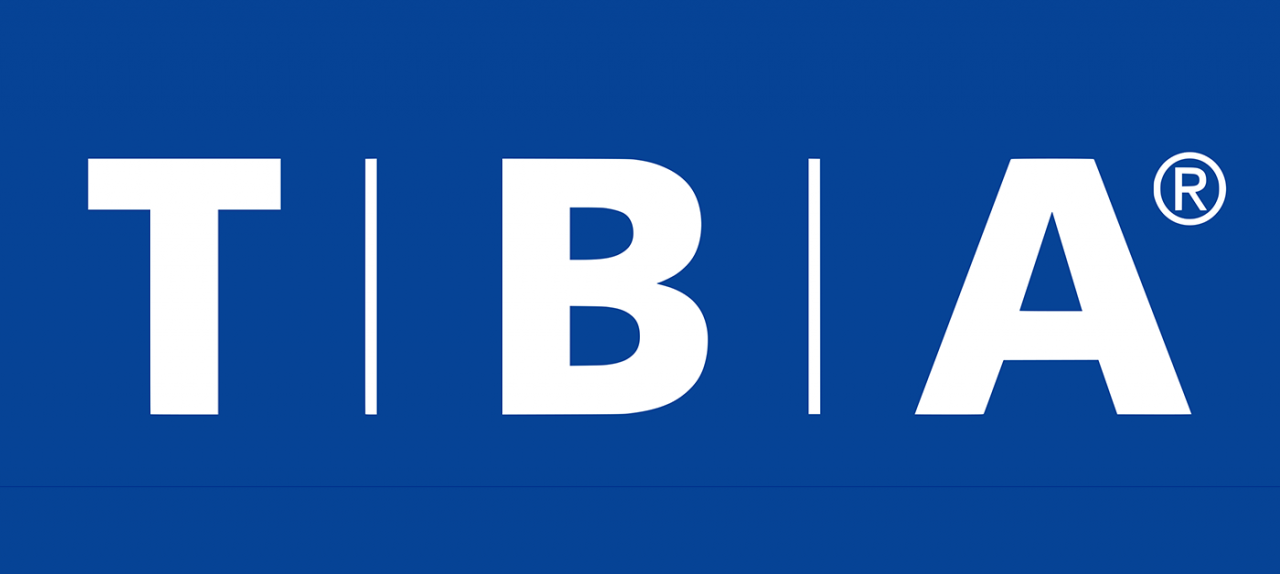Benefits for bulk operators by adopting a terminal operating system
When you consider the latest technological developments, it is clear that whilst we are still in the early stages of widespread utilisation, they will fundamentally change the way that business is done. For many people, Artificial Intelligence, Big Data and the Internet of Things are just buzz words, but as these technologies move from the laboratory to the world of work, we need to consider how bulk terminal operators can derive the best value from them.
The current system landscape
Herein lies the challenge for dry bulk ports and terminals, which have been traditionally slow to adopt information technology for the following reasons. Unlike the container terminal environment, where using a terminal operating system (TOS) is a standard prerequisite, the bulk and general cargo sectors are so operationally diverse that the marketplace for TOS systems is still not clearly established. A survey of the sector would reveal numerous terminals using spreadsheets, with others using in-house or bespoke packages and a few using proprietary systems from established, specialist providers.
A bulk cargo inventory is measured in multiple ways at many points along the supply chain and can change due to spillage, moisture loss/gain and accidental co-mingling. Inaccuracy and inconsistency in weighing equipment and draft surveys plus the possibility of losses through the poor recording of paper weigh tickets has created an environment where terminals are often nervous of sharing too much information with their customers and therefore the benefits afforded by standard EDI messaging, automatically scheduled reports and other information exchanges have been resisted.
The term "glass ceiling" is often used to describe the human disconnection between engineering and IT departments within organisations. IT managers know that real time data would improve the performance of their business systems, but they do not know how to achieve it. They are also reluctant to allow automation systems to reside on and connect to their IT infrastructure because they fear that this will reduce the resilience to virus’ etc.

Figure 1. CommTrac silo storage management system
Conversely, engineers have the data but do not understand IT systems or the value of the data to the business. Therefore, the data may be used to improve uptime and maintenance routines, but remains at the engineering level. Operations and senior management often want the data but are unaware of the ability of these systems to cohesively connect. Therefore, the "glass ceiling" remains and the business fails to benefit from the improvements this connectivity would bring.
The way forward
The starting point is to realise that the creation of an optimal information system strategy will have a beneficial impact on the bottom line. Therefore, there is a return on investment (ROI) to justify the expenditure in executing the strategy.
To decide the specifics of the strategy is more problematic and here the likely issue is that no one in the organisation will have the know-how to formulate a strategy, which embraces new technology to benefit all stakeholders in the business. At this point, an effective approach is to engage outside expertise, either a consultancy or a TOS provider.
Each of these options has positive and negative aspects:
- A consultant can spend time with the customer to create a vision strategy and a functional specification aligned with the operational processes of the terminal. This can allow the client to go to the marketplace with a tender and create a competitive environment to deliver the best value for the business.
- Establishing a working relationship with a system provider can be more effective in that they have experience working with numerous terminals and can bring that experience to the project to shortcut learning. They are also likely to have a number of standard process workflows in their software that will provide users with an effective user experience without the need for customisation, which can have a big impact on budgets and timelines.
Whichever approach is chosen, the operator needs to agree with the provider on what the success factors are for the project and these should be more than organisational success factors. What outcomes will improve the customer experience? How will the planner’s life be made easier? What do the finance department need from an operational system? Once understood, these success factors can be referenced throughout the project to ensure that the project is likely to deliver the expected outcomes.
Core components
For a terminal operator to derive optimal benefit from digitisation there are a number of core components which are intrinsic to the system landscape. At the core is a TOS. This software sits in the operational layer and collects, stores and presents key information relating to:
- Vessel planning and execution.
- Inventory management.
- All activities relating to cargo moves and cargo conditioning.
- Truck, barge and rail activities and transactions.
- Recording of events and processes relating to tariffs and demurrage/despatch.
- For the terminal operating system to be most effective, it should integrate with other systems in the terminal environment.
In this environment, the TOS takes data from the real time equipment layer (control systems, weighbridges etc), presents it to users, to support their operational processes, before rationalising and distributing the data to other integrated systems such as:
- ERP/finance systems for billing or P&L.
- Maintenance management systems for the creation of work orders.
- Customer systems or portal to provide timely information to customers.

Mobile users

Figure 3. Mobile solutions for terminal management.
“On the ground” workers cannot work effectively with desktop computers; they need to be in their working environment close to the activity they are performing. However, if they can receive timely information and record their activities easily, then this can greatly enhance their efficiency and that of the whole operation. Software working in this environment needs to be simple, easy to use with minimal key strokes and able to run on a mobile phone.
Key operational areas where this can be most effective are:
- Event/delay logging during vessel activities.
- Tallying of cargo.
- Work instructions for payloader and forklift drivers.
- Scanning of cargo barcodes.
To ensure that operations are uninterrupted, the technology can seamlessly operate in WiFi, 4G and offline modes, switching between the modes as required. If the devices operate in offline mode, they can automatically synch when they return to online mode.
Business case
The utilisation of technology systems provides clear, tangible results for the terminal operator and their customers. As well as the obvious reductions in administrative workload and improvements in customer information, the real ROIs are gained by utilising information to reduce demurrage and increase operational efficiency.
By monitoring vessel loading/unloading in tonnes per hour and stoppage events, before comparing these to the contract terms for the activity, the terminal has a clear view of their commercial position. Decisions to change the process, add overtime shifts or other resources are made on the basis of clear factual information and not "finger in the air" supposition. Retrospective analysis of this data also allows the terminal to understand the root cause of performance losses and drives a culture of continuous improvement. Turning vessels around more quickly and optimising storage utilisations also provides the opportunity to handle more cargo.
Other less tangible returns are the prevention of stock losses or cross-contamination of cargo, and although these can be difficult to quantify financially, any prevention of customer claims for this type of event is significant. For example, a grain terminal handling multiple product types would be faced with a potentially huge claim if it accidentally mixed genetically modified cargo with non-genetically modified cargo. The TOS can prevent this by ensuring that the conveyor routing has to carry cargo only to a storage position, which holds cargo of the same lot, removing the opportunity for human error.
Conclusion
Digitisation is no longer about a series of buzz words. When systems are implemented, incorporating digital technologies as practical tools, they can radically improve the operational and commercial performance of a terminal and enhance the working environment of all stakeholders, including customers.
By understanding the ROI opportunities, as well as the practical advantages, it is easier to approve CAPEX funding for system implementations and even in more challenging commercial environments, software as a service agreements can move software costs into OPEX to avoid a large initial outlay.
So, the technology is available and the ROI is clear, however for digitisation projects to be successful the human element has to be taken into consideration. Understanding and explaining the success factors for both the business and the individual users is essential to gain support and enthusiasm for the transition to an integrated, digitalised bulk terminal.
This article has been published in the Autumn 2019 edition of Dry Bulk Magazine.
Share this
You May Also Like
These Related Stories

Lean and mean terminal design benefits from advanced modelling

Turning data into knowledge: Bridging the gap in the terminal industry
